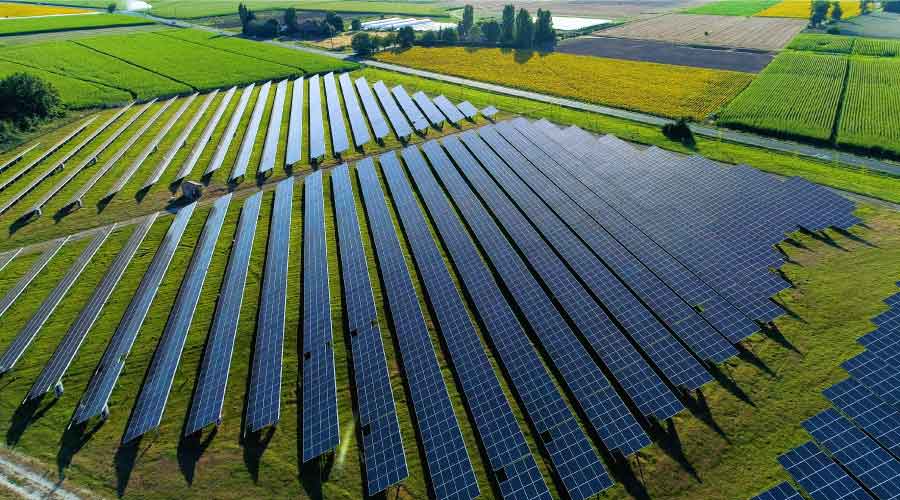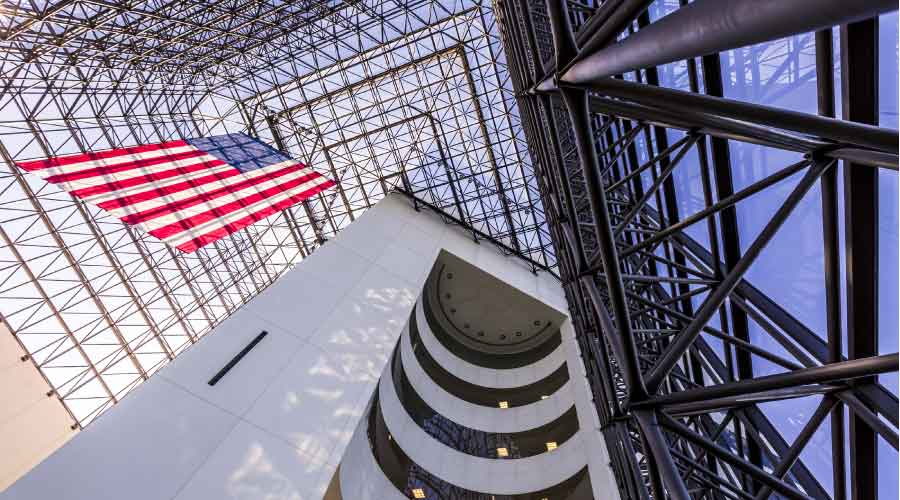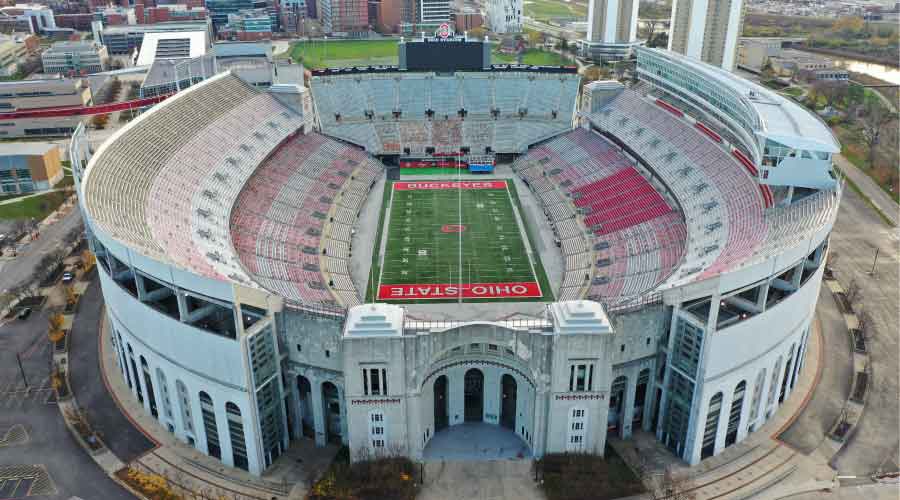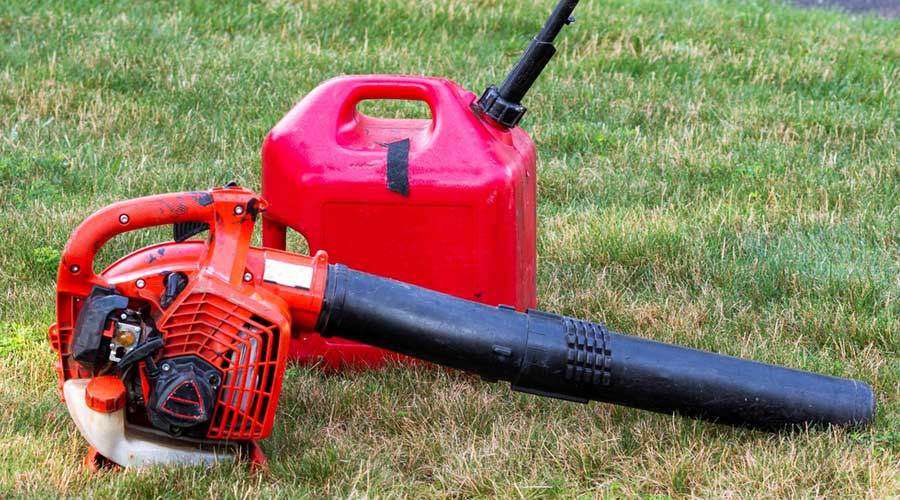
What You Need to Know About Community Solar
Community solar for commercial facilities or tenants leasing space is a great renewable option for those who can’t own their own solar. October 25, 2022
By Greg Zimmerman, senior contributing editor
For many organizations, solar panels on a roof just aren’t an option. Maybe your organization owns your facility, but your roof is too small, or the neighboring building is a high-rise and your roof has no access to sunlight. Maybe you’re a tenant in a building with no way to invest in solar anyway. Or maybe you’re not able to afford the initial capital outlay, or your financial folks have nixed the return-on-investment calculation.
Enter community solar. Community solar is a way for commercial organizations to take advantage of renewable energy without owning their own solar panels. Essentially, an organization buys a share in a community solar project – a solar farm located elsewhere – and then receives a credit on their electricity bill for their share of the electricity produced by the solar panels. They then pay the solar provider back for the credit, but usually at a lesser rate than what the credit on the utility bill. So, community solar is a win-win: Not only do organizations get to reduce their carbon footprint, there are real monetary savings as well that add up quickly over time.
There have been more than 5.1 gigawatts of community solar projects installed in the U.S. through the third quarter of 2022, according to the Solar Energy Industries Association. Forty-one states and the District of Columbia have at least one community solar project, and 19 states have passed legislation making it easier for facility managers to take advantage of the benefits of community solar.
Greg Zimmerman is senior contributing editor for FacilitiesNet.com and Building Operating Management magazine.
Next
Read next on FacilitiesNet












